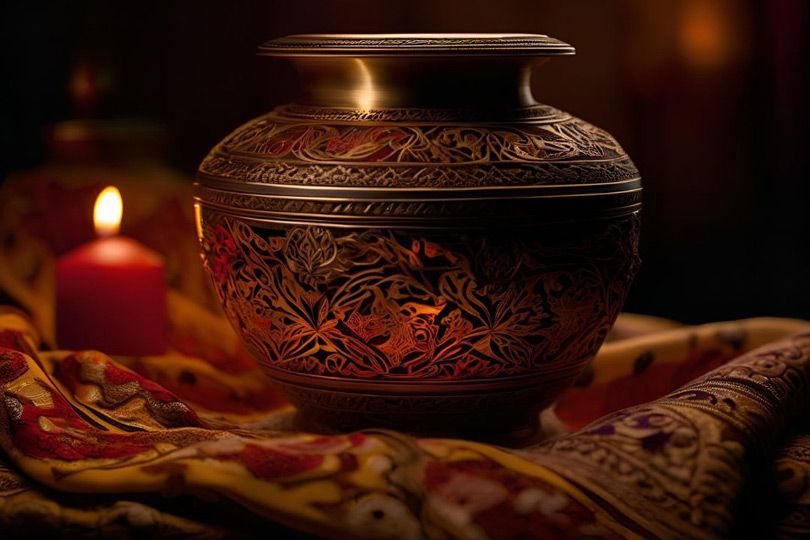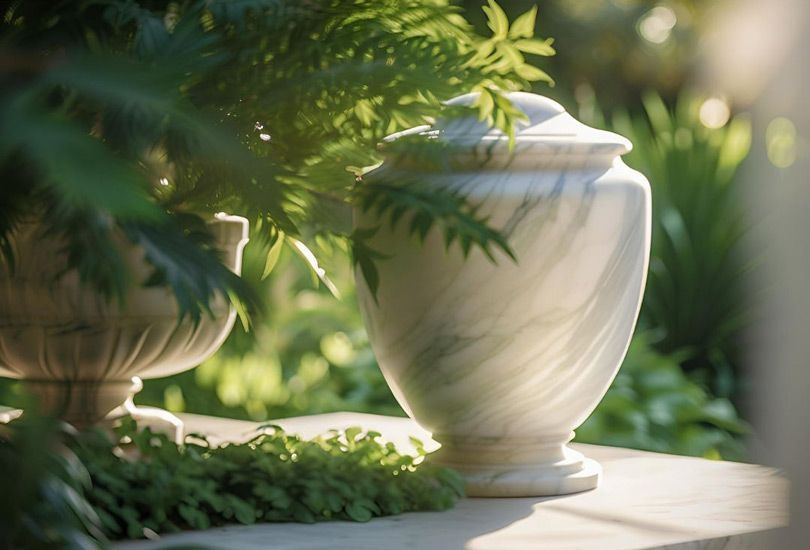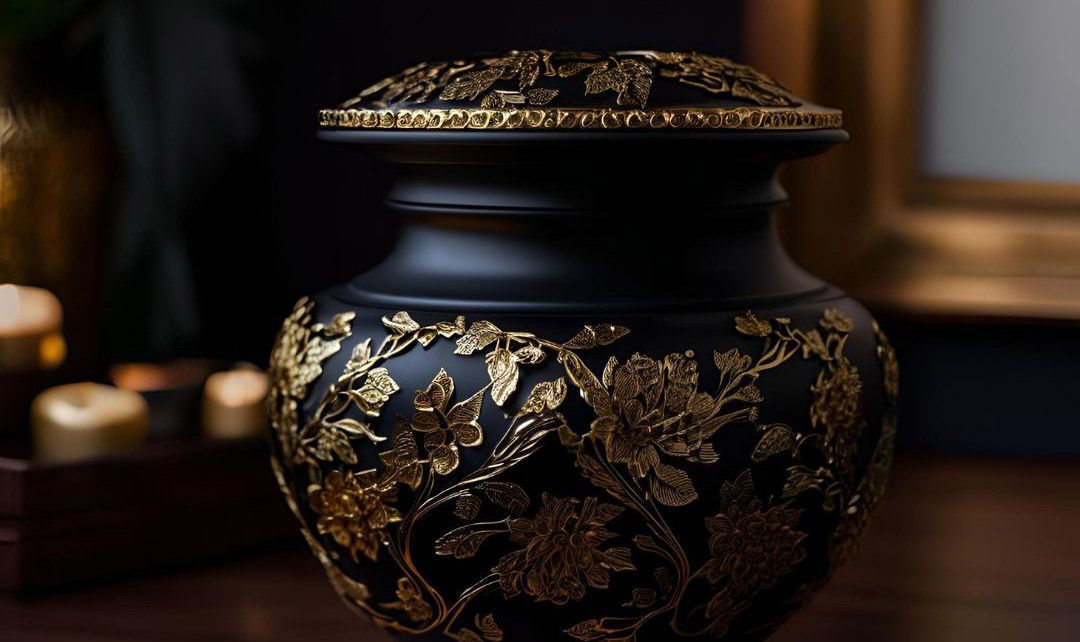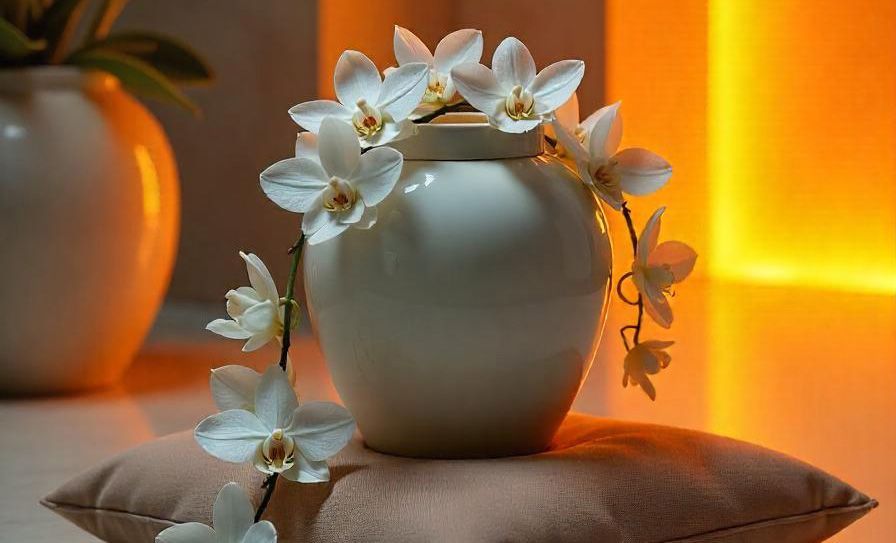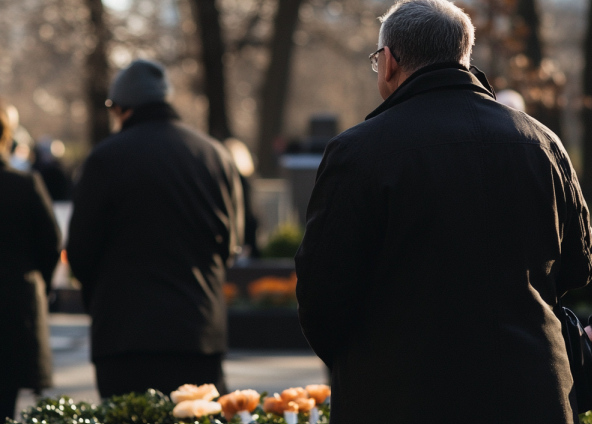The Environmental Impact of Direct Cremation Explained
Discover how direct cremation offers a more sustainable choice for end-of-life services with the experts at Cremation Society of NM, ensuring a respectful farewell.

In a world increasingly conscious of its ecological footprint, many are turning their attention to the environmental impacts of their final farewell choices. Direct cremation in Albuquerque, NM, has emerged as an option that aligns with the values of sustainability and minimal environmental disruption. This article delves into the eco-conscious aspects of direct cremation, offering insights into why this method is considered a greener alternative. For those looking to make informed decisions that honor both their loved ones and the planet, understanding the environmental implications of direct cremation is crucial. Keep reading to explore how this method is helping individuals leave a lighter footprint on the earth.
How Direct Cremation Reduces Environmental Footprint
Direct cremation serves as a conscientiously eco-friendly choice by significantly minimizing the environmental impact associated with traditional burial practices. Traditional burials often involve embalming fluids, which contain chemicals such as formaldehyde, methanol, and other volatile organic compounds. These substances can leach into the earth, potentially contaminating groundwater. Furthermore, the materials used in caskets, often sourced from hardwoods, contribute to deforestation and require energy-intensive manufacturing processes.
In contrast, direct cremation bypasses the need for embalming chemicals and the use of hardwood caskets. Additionally, by forgoing the concrete burial vaults mandatory in many conventional burials, direct cremation reduces the consumption of materials with high carbon footprints. The process is streamlined, requiring less fuel and resources than traditional burial methods. This simplicity is reflected not only in a lower ecological toll but also in the preservation of natural landscapes, which might otherwise be transformed into cemetery grounds.
By choosing direct cremation, individuals can express their care for the environment, ensuring their final act is one of respect and consideration for the planet's future. This sustainable approach allows for a meaningful farewell that honors a loved one's memory while also safeguarding the earth for generations to come.
Understanding the Eco-Friendly Aspects of Direct Cremation
Understanding the eco-friendly aspects of direct cremation reveals its minimal environmental impact, presenting it as a sustainable choice for end-of-life services. One significant benefit is the reduced use of land. Unlike traditional burials, which gradually occupy considerable amounts of land space, direct cremation does not necessitate a burial plot, thus conserving natural landscapes and habitats.
Moreover, direct cremation offers individuals the opportunity to minimize their ecological footprint further through the choice of biodegradable urns or scattering gardens, which seamlessly return the remains to nature without harming the environment. This method aligns with principles of environmental stewardship, encouraging a harmonious cycle of life that respects natural resources and ecosystems.
Additionally, the process of direct cremation requires significantly less energy compared to the embalming, entombment, and ongoing landscape maintenance associated with conventional burial practices. This efficiency not only conserves energy but also reduces greenhouse gas emissions, contributing to broader efforts to combat climate change.
By opting for direct cremation, individuals are making a conscious decision to reduce their environmental impact, embodying a commitment to conservation and sustainable practices even in their final acts. This method not only provides a dignified and respectful way to honor the deceased but also ensures a lighter footprint on the environment.
Why Direct Cremation Is a Greener Choice for Final Arrangements
Choosing direct cremation for final arrangements plays a significant role in conserving our planet, making it a greener alternative for those conscious of their environmental legacy. This process eliminates the need for embalming chemicals, which are harmful to the environment due to their toxic components. These substances can seep into the ground, posing risks to soil and water quality, and thereby impacting ecosystems negatively.
Additionally, direct cremation alleviates the demand for traditional burial accoutrements such as metal caskets and concrete vaults—products that require extensive resources to produce and leave lasting environmental footprints. By circumventing these materials, direct cremation reduces the extraction of raw materials, manufacturing emissions, and overall resource consumption associated with conventional burial practices.
Most notably, this method aligns with sustainable living principles by offering simplicity and minimalism in end-of-life choices. It encourages a shift from the consumption-driven aspects of traditional funeral services to a more environmentally conscious approach. Those opting for direct cremation are often able to incorporate personal, meaningful rituals that honor their loved one without exacerbating environmental concerns, fostering a legacy of respect for the natural world.
As we navigate the choices for our final farewell, it's evident that direct cremation in Albuquerque, NM offers a path that aligns with eco-conscious values, allowing us to lessen our environmental impact even in our departure. This method not only respects our planet but also offers a simple, dignified way to say goodbye. At Cremation Society of NM, we're committed to providing options that honor both your loved one and the earth. If you're considering a sustainable option for final arrangements, we invite you to reach out to us. Together, we can make choices that protect the legacy of the departed and the future of our environment.


